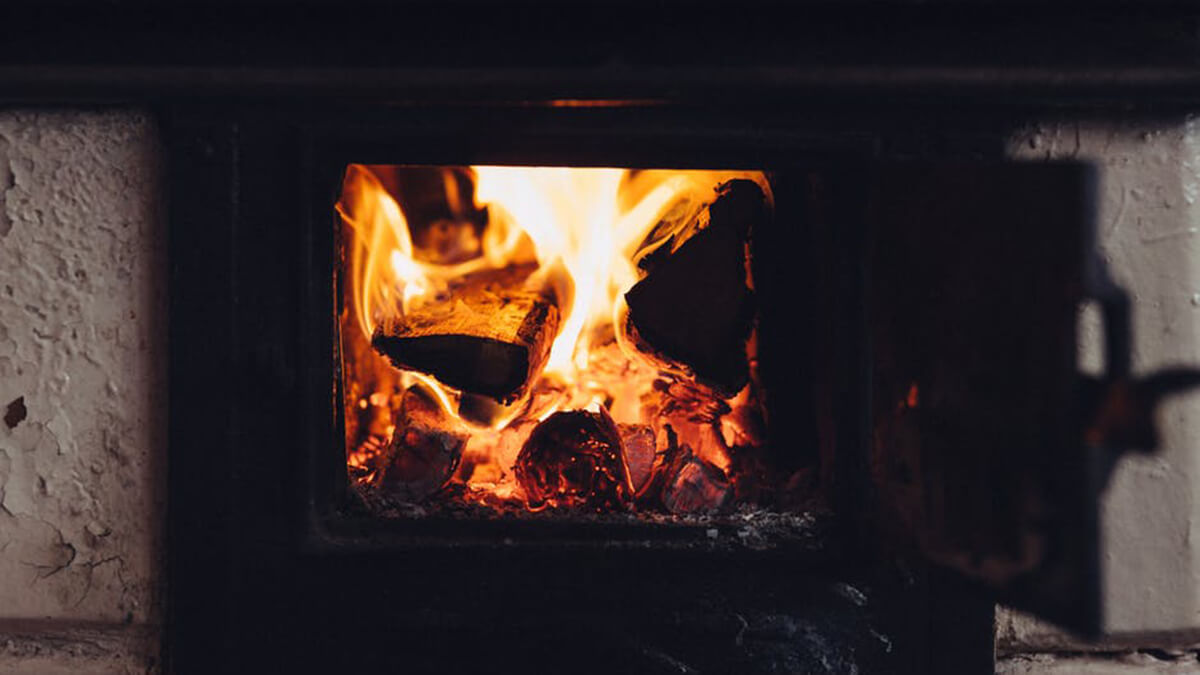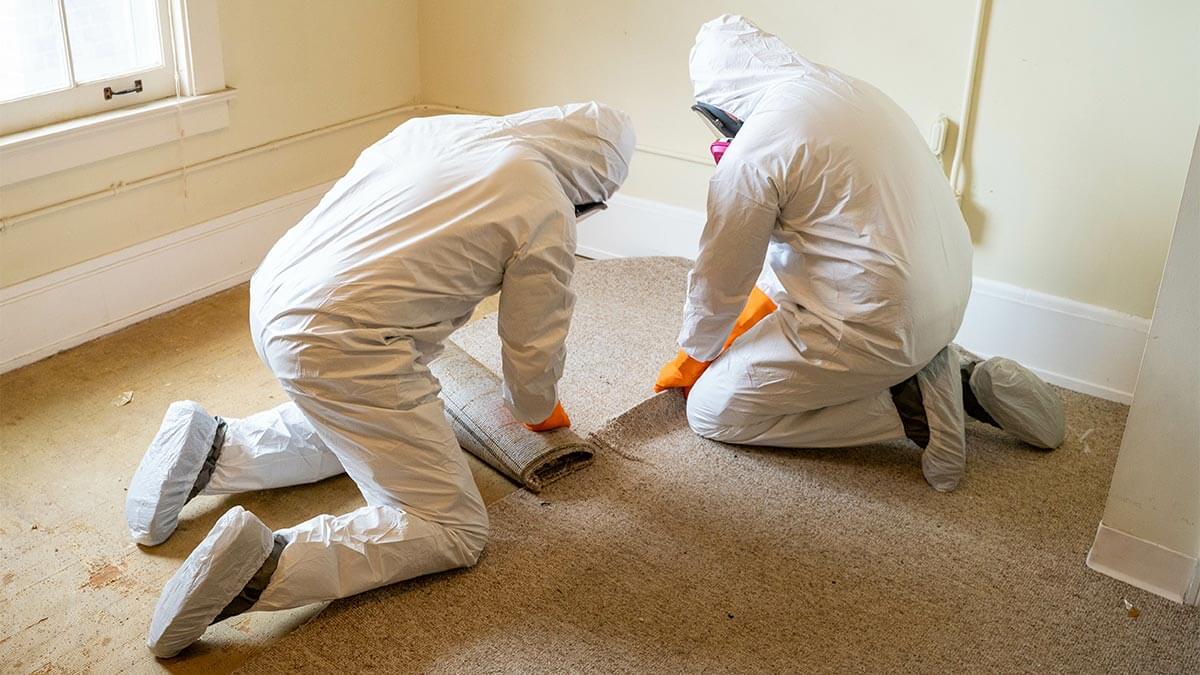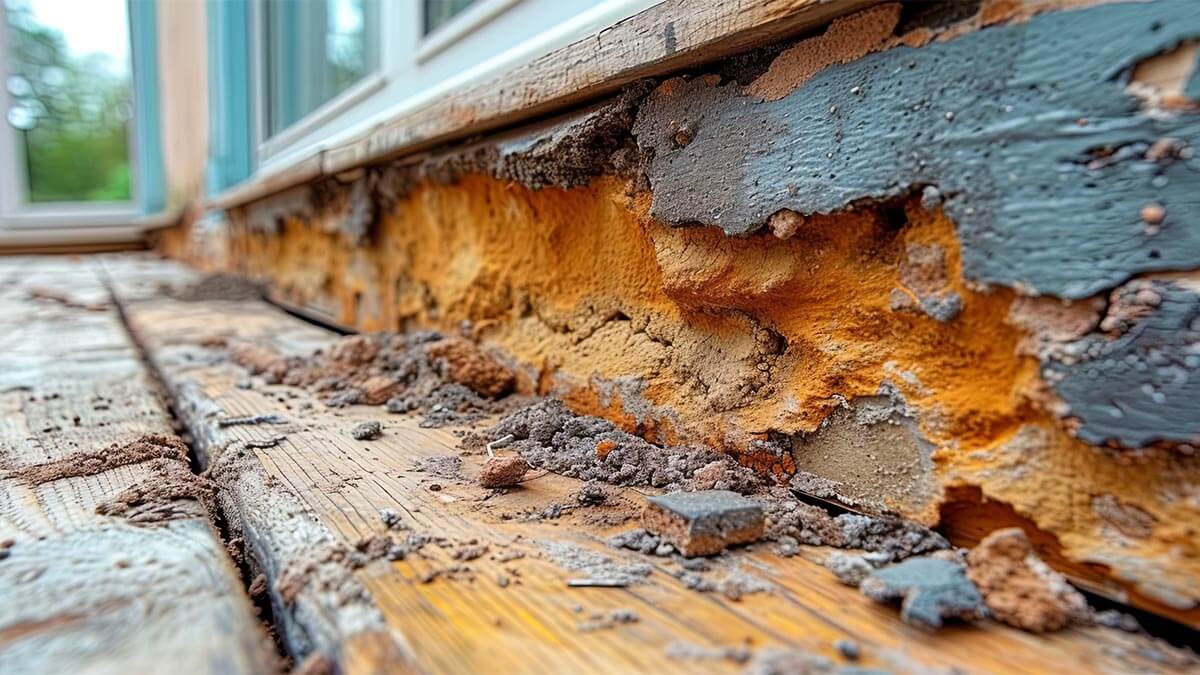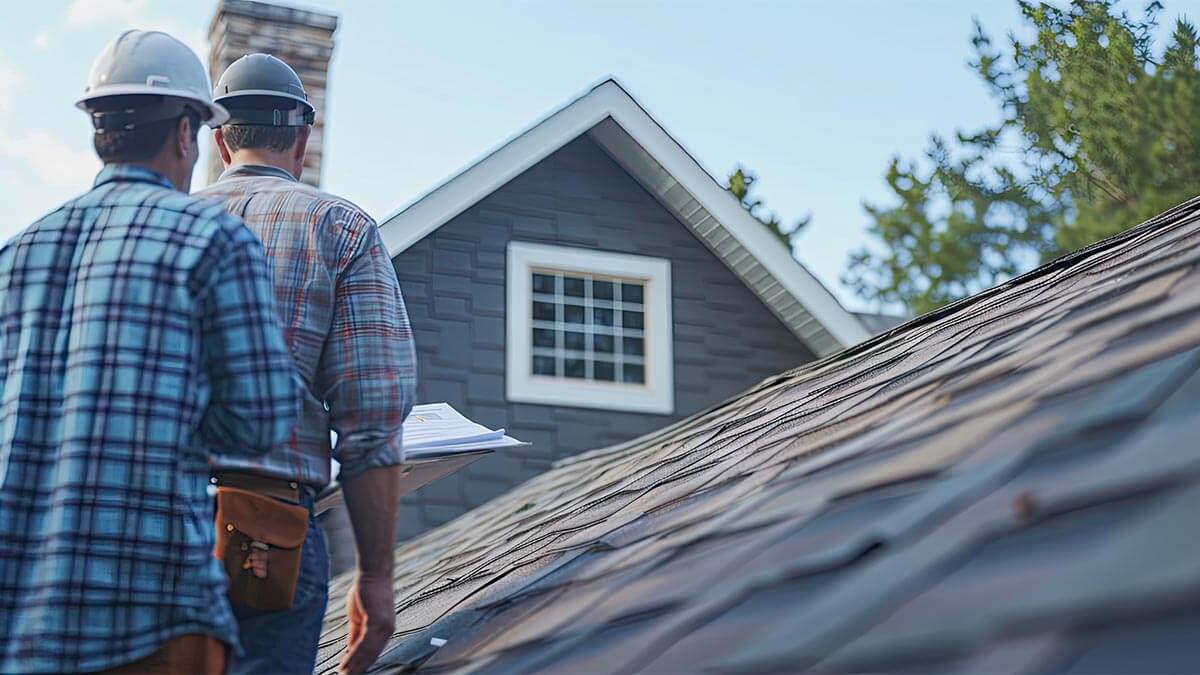Fewer than 0.5 out of every 1,000 homes built in the 2010s and older feature chimneys. Despite their decline in popularity, many homeowners still seek the cozy ambiance of wood-burning fireplaces. If you own a home with a chimney, regular maintenance is key to safety and functionality. This can prevent dangerous conditions, such as chimney fires and carbon monoxide intrusion, and save you money long-term.
If you’re looking to sell and want to avoid the cost of inspections, consider visiting iBuyer.com. We can help you receive quick cash offers for your home as-is. Enter your address to see how simple selling can be.
Chimney Inspection Cost
Compare Cash Offers from Top Home Buyers. Delivered by Your Local iBuyer Certified Specialist.
One Expert, Multiple Offers, No Obligation.
How much does a chimney inspection cost?
The cost of a chimney inspection can vary significantly depending on the type of inspection needed and the specific circumstances of your chimney. On average, homeowners can expect to pay between $100 and $5,000. The overall cost is influenced by the inspection level, the chimney’s size and condition, accessibility, and geographical location.
A basic, routine Level 1 inspection typically costs between $100 and $250. This inspection involves a visual check of accessible parts of the chimney to ensure it is structurally sound and free from blockages or excessive creosote buildup. For a more detailed assessment, a Level 2 inspection ranges from $185 to $1,000. This inspection is used to assess damage from events such as chimney fires or major storms and often involves the use of cameras to inspect the interior of the chimney, including access to attics or crawl spaces.
The most comprehensive and invasive type of inspection, the Level 3 inspection, costs between $500 and $5,000. This inspection is only necessary when serious structural damage is suspected and may require the removal of parts of the chimney or surrounding areas for a thorough evaluation.
Other factors that can influence the cost include the chimney’s size and the number of flues, as larger chimneys and those with multiple flues require more time and effort to inspect. Accessibility also plays a role, as chimneys that are difficult to reach, such as those on steep roofs, may incur higher labor fees. Additionally, the cost of chimney inspections tends to be higher in urban areas with greater demand for chimney services compared to rural areas.
What is a chimney inspection?
A chimney inspection is when the performance of a fireplace and chimney is examined and assessed. Inspectors are certified by the Chimney Safety Institute of America (CSIA). These inspectors are tasked with ensuring that chimneys comply with the National Code of Standards issued by the National Fire Protection Association (NFPA).
When you get your chimney inspected and cleaned on a regular basis, it can help to reduce the risk of harmful incidents like carbon monoxide intrusion and chimney fires in the home. A chimney fire occurs when creosote that has built up in your chimney combusts.
There are a number of different conditions that can lead to a chimney fire. These include restricted air supply, burning unseasoned wood, cooler than normal chimney temperatures, and overloading the firebox.
The types of chimney inspections
There are three levels of chimney inspection that have been categorized by the CSIA. These standard chimney inspection levels are used by most professionals in the industry.
Level 1
It is typical for chimney cleaners to offer a Level 1 inspection along with routine cleaning services. It is recommended that you have a Level One inspection and routine sweeping once a year as a part of the regular maintenance of your chimney.
It is common for homeowners to schedule this service as they get ready to use their fireplace in the colder months.
This level of inspection involves a visual examination of your chimney’s readily accessible portions. This includes the exterior, interior, and other associated appliances. During this process, the basic soundness of these structures is verified as well as proper connections and installation.
Chimney cleaning ensures that the chimney is free from combustible deposits and obstructions. When your chimney was found to be in good working order since its last service and its conditions haven’t changed, this is typically the recommended level of service.
Level 2
This is a more in-depth physical inspection of the chimney in addition to the services in a Level 1 inspection. In this process, a scope or camera is used to take a look at parts of the chimney that aren’t typically visible.
With a Level 2 inspection, additional areas are surveyed. These include parts of the chimney exterior and interior that can only be seen by scope as well as the joints and internal surfaces of the chimney’s flues. It also takes a look at other parts of the home that might be impacted by the use of your chimney, including the basement, crawlspace, or attic.
This level of service is recommended in a number of different circumstances, including:
- If there have been any updates or changes that have been made to the chimney system
- When a property with a chimney is changing hands
- If the home has experienced weather or seismic events that could have damaged the chimney
- If there has been a chimney fire or other malfunction
It isn’t required to get a Level 2 inspection for a chimney as a part of the home buying process in any U.S. state. However, it is recommended.
Level 3
This level of inspection includes all of the services of a Level 1 and Level 2 inspection in addition to more invasive services. An inspector will call up specialty demolition equipment and tools in order to open any panels, doors, and coverings that are a part of the chimney. It’s possible that, in order to locate issues, they will need to remove permanent portions of the chimney’s construction and home structure.
This most thorough level of inspection is recommended in two circumstances. The first is if there are serious hazards suspected, such as there being damage to the flue liner or chimney structure. The second is if a Level 1 or Level 2 inspection suggests that there is a hazard hidden for which special tools or demolition are necessary.
Is a fireplace and chimney inspection necessary?
It is all too easy to fall behind on fireplace and chimney maintenance. However, putting this task on the back burner can be quite dangerous.
The most important reason to get your chimney cleaned annually is safety. The second most common cause of home fire fatalities is heating equipment like chimneys. When you don’t clean out your chimney regularly, creosote can build up in your chimney.
Creosote is a residue left over from gases, smoke, and particles from the fires you have burned. This is an extremely flammable material and it can lead to chimney fires.
There is also a risk of carbon monoxide poisoning if you don’t have your chimney cleaned and inspected annually. Regular maintenance can also help you avoid the cost of expensive repairs. For example, if creosote is allowed to buildup, it will be more difficult for a chimney sweep to remove and might eventually require an expensive replacement of the chimney liner.
How often should you get a chimney inspection done?
Both the NFPA and the CSIA recommend that you have your chimney inspected once a year. This will help to keep your family and home safe from potential issues with your system.
If you’re concerned about “how much is a chimney inspection?” it’s important to understand that you will likely save money in the long run when you follow a regular maintenance schedule for your chimney.
A few hundred dollars a year for an inspection can ensure that you don’t have to undergo a much more expensive repair in the future.
(Are you wondering how to add value to your home so you can snag a higher sale price when it comes time to sell? Take a look at this handy guide.)
Chimney inspections
If you’re dreaming of curling up by the fire with a good book and a cup of cocoa, you’ll want to make sure you schedule a chimney inspection and cleaning every year. Now that you know the answer to “how much does a chimney inspection cost?” it can help you determine whether you think the annual cost is worth all of the lovely memories you’ll build warming up by the fire.
Are you ready to sell your home but are feeling stressed about it? Are you not looking forward to the long, drawn-out, headache-inducing process? If so, you might want to consider selling your home to an iBuyer.
When you sell to a trusted iBuyer, you don’t have to deal with making repairs, having showings, or waiting for the buyers to receive financing. If you’re ready to get your no-obligation cash offer, check out our home valuation tool here.
Instant Valuation, Confidential Deals with a Certified iBuyer.com Specialist.
Sell Smart, Sell Fast, Get Sold. No Obligations.
Reilly Dzurick is a seasoned real estate agent at Get Land Florida, bringing over six years of industry experience to the vibrant Vero Beach market. She is known for her deep understanding of local real estate trends and her dedication to helping clients find their dream properties. Reilly’s journey in real estate is complemented by her academic background in Public Relations, Advertising, and Applied Communication from the University of North Florida.




